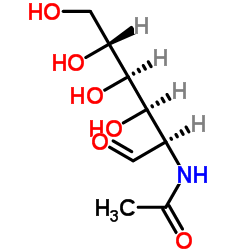| Structure | Name/CAS No. | Articles |
|---|---|---|
 |
Hydrochloric acid
CAS:7647-01-0 |
|
 |
2-Acetamido-2-deoxyhexopyranose
CAS:1811-31-0 |
|
 |
Water
CAS:7732-18-5 |
|
 |
Ethylenediaminetetraacetic acid
CAS:60-00-4 |
|
 |
HYDROGEN CHLORIDE ~1.25 M IN METHANOL, 250 ML
CAS:132228-87-6 |